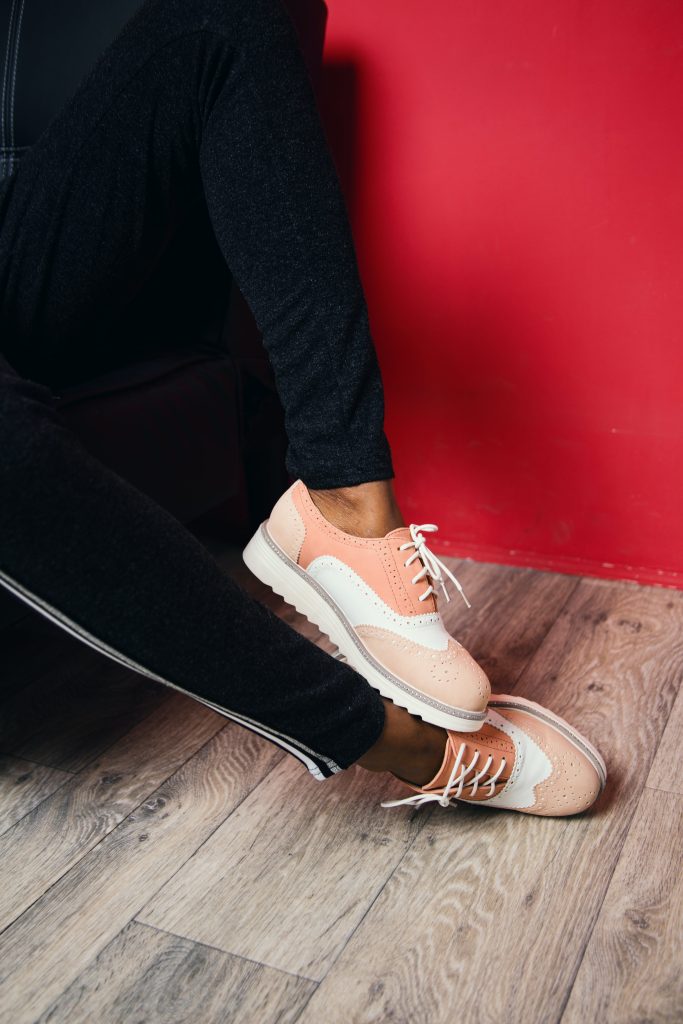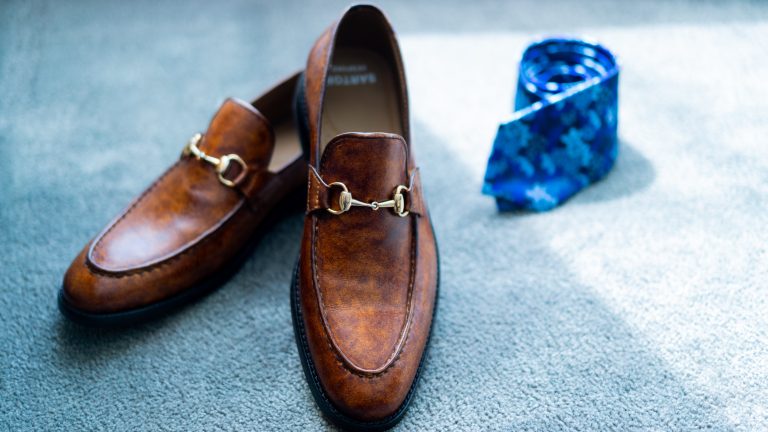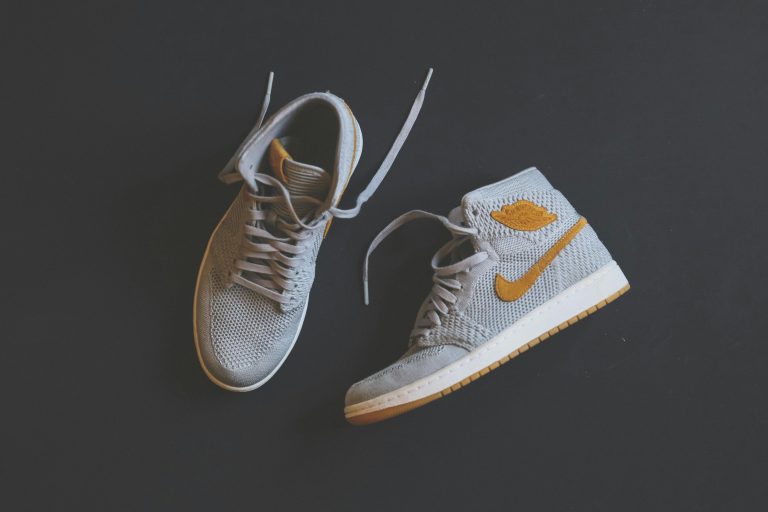Is PVC Sole Better Than Rubber Shoes?
Is PVC Sole Better Than Rubber Shoes? Two popular options that often find themselves in the spotlight are PVC (Polyvinyl chloride) and rubber. Each material comes with its own set of characteristics, advantages, and drawbacks, making the choice between them a matter of personal preference and practicality.

Brief Overview of PVC and Rubber Soles (Is PVC Sole Better Than Rubber Shoes?)
Understanding the fundamental differences between PVC and rubber soles is crucial for making an informed decision while purchasing shoes. PVC, a synthetic plastic material, and rubber, a natural polymer, both have unique properties that influence the overall performance of the footwear.
Importance of Sole Material in Footwear
The sole of a shoe plays a pivotal role in providing comfort, stability, and durability. It affects various factors such as weight, flexibility, and traction, making it a critical aspect of the overall design.
PVC Sole Characteristics
Durability
PVC soles are known for their robustness and resistance to wear and tear. This durability makes them an excellent choice for shoes that are subjected to rough usage or harsh weather conditions.
Weight
Compared to rubber, PVC soles are generally lighter, contributing to a more lightweight and comfortable feel for the wearer.
Cost-Effectiveness
PVC is often more cost-effective in manufacturing, making shoes with PVC soles a budget-friendly option without compromising on quality.
Rubber Sole Characteristics
Flexibility
Rubber soles are praised for their natural flexibility, allowing for a greater range of motion. This characteristic enhances comfort, especially in shoes that require bending and flexing.
Traction
The natural grip provided by rubber soles makes them an ideal choice for activities that demand good traction, such as sports or outdoor adventures.
Eco-Friendliness
Rubber, being a natural material, is considered more environmentally friendly compared to PVC. Biodegradability is a significant factor in the sustainability of rubber soles.
Comfort and Support
Impact Absorption
Both PVC and rubber soles are designed to absorb shock and provide cushioning, ensuring a comfortable experience for the wearer. The effectiveness may vary based on the specific design and thickness of the sole.
Arch Support
Understanding the arch support offered by each material is crucial for individuals with specific foot conditions. Rubber soles are often praised for their natural contouring and support.
Style and Design
Variety in PVC Sole Designs
PVC allows for a wide range of design possibilities, making it a popular choice for trendy and fashionable footwear. The versatility of PVC contributes to its popularity in the fashion industry.
Classic Appeal of Rubber Soles
Rubber, with its timeless and classic appeal, is often chosen for its simplicity. Traditional designs and styles often feature rubber soles, appealing to those who appreciate a more conventional aesthetic.
Maintenance and Longevity
Cleaning PVC Soles
Maintaining PVC soles is relatively easy, usually requiring a simple wipe-down with a damp cloth. The synthetic nature of PVC often makes it resistant to stains and easy to clean.
Resilience of Rubber Soles
Rubber soles are known for their resilience and resistance to abrasion. They can withstand rough terrains and harsh conditions, making them a durable choice for various activities.
Environmental Impact
PVC’s Environmental Concerns
Despite its durability, PVC raises environmental concerns due to the use of chemicals in its production and limited recyclability. Proper disposal and recycling practices are crucial to mitigate these concerns.
Rubber’s Biodegradability
Natural rubber, being derived from plants, is biodegradable. This makes rubber soles a more sustainable option, especially for environmentally conscious consumers.
Consumer Preferences
Trend Analysis
Consumer preferences often shift based on trends in fashion, sustainability, and comfort. Analyzing current trends helps individuals make choices aligned with their personal style and values.
Market Share Comparison
Understanding the market share of PVC and rubber-soled shoes provides insights into the popularity of each material. This information can guide consumers in making choices that align with prevailing preferences.
Making an Informed Choice
Assessing Personal Needs
Considering individual preferences, lifestyle, and the intended use of the shoes is crucial when making a decision between PVC and rubber soles. Assessing personal needs ensures satisfaction with the chosen footwear.
Understanding Individual Preferences
Preferences for style, comfort, and environmental impact vary among individuals. Understanding and prioritizing these preferences guide the decision-making process.
Frequently Asked Questions (FAQs)
Is PVC Sole Suitable for All Types of Shoes?
PVC soles are versatile and can be used in various types of shoes, including casual, athletic, and formal footwear.
Can Rubber Soles Be as Durable as PVC?
Yes, rubber soles can be equally durable, especially when well-maintained. The key is choosing high-quality rubber and proper care.
Are PVC Shoes Eco-Friendly?
PVC shoes are not considered environmentally friendly due to the use of synthetic materials and chemicals. Individuals concerned about the environment may prefer alternatives like rubber.
What Factors Should I Consider When Choosing Soles?
Consider factors such as durability, flexibility, comfort, and environmental impact when choosing between PVC and rubber soles.
Where Can I Find Reliable Information on Shoe Materials?
Reputable shoe brands, online reviews, and expert opinions are valuable sources of information when researching shoe materials.
Conclusion
In the quest to determine whether PVC soles are better than rubber, the answer lies in personal preferences and needs. Each material has its merits, and understanding the nuances can empower individuals to make choices that align with their lifestyle, values, and fashion preferences.




Leave a comment